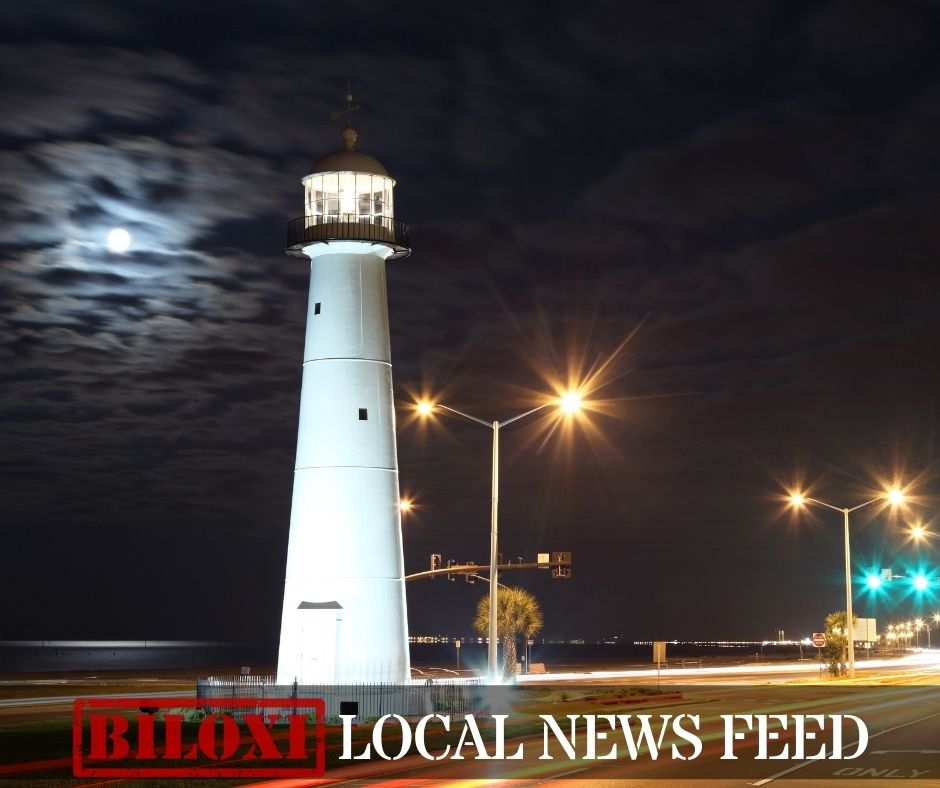Kaiser Health News
California Schools Start Hatching Heat Plans as the Planet Warms
by Calli McMurray
Fri, 16 Jun 2023 09:00:00 +0000
As hot days become more extreme and common, California education researchers are urging that school districts be required to develop heat plans to keep students safe, just as they have policies for severe storms and active shooters.
A policy brief published last month by the UCLA Luskin Center for Innovation offers a series of recommendations on how education and building codes can help schools become more heat-resilient in the face of global warming. State Sen. Caroline Menjivar, a Democrat, introduced legislation this year requiring schools to have heat plans by 2027, and another bill would make it easier for schools to create more shaded spaces.
“Obviously, the California Education Board wasn’t set up to think about climate change. But now that climate change is a reality, virtually every sector is going to have to think about it,” said V. Kelly Turner, an urban planning associate professor and the director of the Luskin Center.
The center’s recommendations include steps such as setting an indoor temperature limit, documenting the air-conditioning and shade infrastructure of each school, and investing in shade and greenery for play areas. The brief also calls out areas needing more research, such as the safest indoor temperature range.
The best way to keep kids cool is perhaps the most obvious: providing shade, which can reduce the heat stress experienced throughout the day by 25% to 35%, according to the Luskin Center.
That requires reconfiguring playgrounds to make them cooler, said Perry Sheffield, a pediatrician and an environmental medicine researcher at Mount Sinai in New York City. In addition to shade, swapping heat-absorbing materials like asphalt and rubber for grass and wood chips helps cool things down.
“The more we can encourage play as well as physical activity, the healthier our kids are going to be, so figuring out a way to do that safely is really key,” said Sheffield.
On a playground in the San Fernando Valley, Turner said, she once measured 145-degree asphalt and 162-degree rubber — hot enough to cause a third-degree burn in seconds.
California already has millions of dollars of grant funding available for greening schoolyards and increasing tree canopy, such as the Urban and Community Forestry grants through Cal Fire that set a goal to shade at least 30% of school campuses.
To help schools make the best use of funding for extra trees, Turner and her graduate student Morgan Rogers are modeling how increasing the tree canopy to 30% can affect heat stress. They will compare different tree configurations, like dispersed or clustered, and hope to issue recommendations this fall.
Legislators in Sacramento are also looking at amending state building codes to make it easier for schools to install shade structures. Currently, the rules require that an additional 20% of the budget be spent on any new construction or renovation to make an accessible path to the completed project. The bill would add an exception for free-standing shade structures.
Schools would still be required to meet accessibility requirements, but installing a shade structure wouldn’t trigger additional construction. “That’s what we are asking, not to be exempted from those requirements, but to not put the burden on the shade structure,” said Mark Hovatter, chief facilities executive of the Los Angeles Unified School District.
Menjivar said she was excited to see the new UCLA research. Her bill would require the state Department of Education to develop a template for schools to follow in creating their own heat plans, which would have to be completed by 2025 for implementation in 2027. The bill recently passed the state Senate and is now being considered in the Assembly.
Schools outside California are also reckoning with the heat. Researchers at Arizona State University partnered with public health experts and school leaders last spring to develop guidelines for “HeatReady Schools.” The 30 recommendations span topics like school policy (e.g., access to a health professional), the environment (shade coverage on at least half the playground), and training (workshops on identifying heat illness).
The program is working with 35 schools and community centers in Phoenix, with plans to expand to all of Maricopa County by 2026.
Preparing for the warming climate is front of mind for Principal Brad Rumble at Esperanza Elementary School in Los Angeles. The school’s heat-resilience efforts started with filling empty tree wells in front of the campus in 2014. Now, the school boasts a shaded courtyard and a native plant garden, and, courtesy of a grant from the district, more trees are on the way.
“We work together to make sure that our students’ needs are addressed on hot days,” Rumble said. “And, certainly, as more shade becomes available on this campus, we will be able to address those needs even better.”
This article was produced by KFF Health News, which publishes California Healthline, an editorially independent service of the California Health Care Foundation.
By: Calli McMurrayTitle: California Schools Start Hatching Heat Plans as the Planet Warms
Sourced From: kffhealthnews.org/news/article/california-schools-start-hatching-heat-plans-as-the-planet-warms/
Published Date: Fri, 16 Jun 2023 09:00:00 +0000
Did you miss our previous article…
https://www.biloxinewsevents.com/what-one-hospitals-slow-recovery-from-a-cyberattack-means-for-patients/
Kaiser Health News
Health Care Is Newsom’s Biggest Unfinished Project. Trump Complicates That Task.
SUMMARY: California Governor Gavin Newsom has made significant strides in health care accessibility, directing billions to safety net services and extending Medi-Cal benefits to over a million undocumented residents. However, rising costs, worsening homelessness, and ongoing health care access challenges remain. With the potential shift in federal policy under Donald Trump’s return to the presidency, California faces funding cuts, risking reductions in coverage and benefits. Notable initiatives like the expansion of Medi-Cal and affordable generic drugs have stalled, while homelessness continues to rise despite heavy investments. Newsom remains committed to reform but faces significant obstacles in his final two years.
The post Health Care Is Newsom’s Biggest Unfinished Project. Trump Complicates That Task. appeared first on kffhealthnews.org
Kaiser Health News
Health Insurers Limit Coverage of Prosthetic Limbs, Questioning Their Medical Necessity
SUMMARY: In 2023, Michael Adams faced insurance denial for a crucial prosthetic leg replacement. After losing his leg to cancer 40 years ago, he selected a health plan that covered advanced prosthetics, but his insurer deemed the replacement unnecessary, despite his doctor’s long-standing recommendation. This disparity in coverage, particularly between joint replacements and prosthetics, highlights ongoing discrimination in the amputee community. An estimated 2.3 million Americans live with limb loss, and many encounter barriers to obtaining necessary prosthetics. Leah Kaplan also struggled with insurance denial for a myoelectric prosthetic hand, emphasizing the financial and emotional toll of inadequate insurance coverage.
The post Health Insurers Limit Coverage of Prosthetic Limbs, Questioning Their Medical Necessity appeared first on kffhealthnews.org
Kaiser Health News
Syringe Exchange Fears Hobble Fight Against West Virginia HIV Outbreak
SUMMARY: Despite federal recommendations, West Virginia grapples with a persistent HIV outbreak linked to opioid and methamphetamine use. Since the CDC’s 2021 visit highlighted the crisis, health officials and advocates have fought for syringe service programs to curb the epidemic. However, restrictive local policies hinder these efforts, and a previous program was shut down in 2018 due to political pressure. While alternative programs exist, they struggle with limited resources and support. Experts call for a coordinated statewide testing strategy and greater access to harm reduction services, urging policymakers to prioritize public health over political fears regarding drug use.
The post Syringe Exchange Fears Hobble Fight Against West Virginia HIV Outbreak appeared first on kffhealthnews.org
-
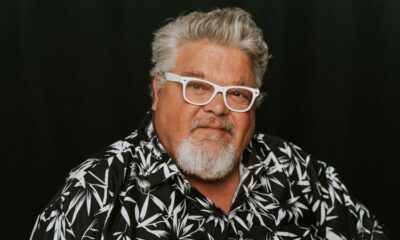
 Our Mississippi Home4 days ago
Our Mississippi Home4 days agoUSM Awards Honorary Degree to Renowned Country Music Songwriter
-
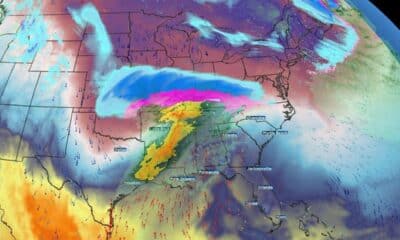
 News from the South - Florida News Feed6 days ago
News from the South - Florida News Feed6 days ago2025 opens with strong punch of cold air slated to send Florida into a freeze. Here’s what to expect
-

 Local News4 days ago
Local News4 days agoHow to catch the Quadrantids, the first meteor shower of 2025
-

 News from the South - Missouri News Feed4 days ago
News from the South - Missouri News Feed4 days agoFamily aims to open cannabis cultivation facility in North St. Louis • Missouri Independent
-

 SuperTalk FM5 days ago
SuperTalk FM5 days ago2 teens arrested for trying to carjack Hinds County reserve deputy
-
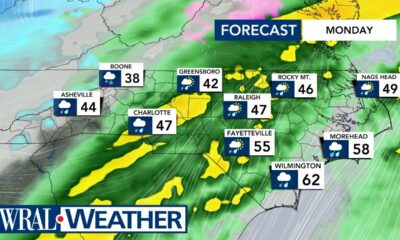
 News from the South - North Carolina News Feed5 days ago
News from the South - North Carolina News Feed5 days agoNorth Carolina Forecast: Cooler weather ahead with freezing lows through the weekend
-

 News from the South - Alabama News Feed6 days ago
News from the South - Alabama News Feed6 days agoFamily, officials speak out after 3 killed in Mississippi gas station robbery
-
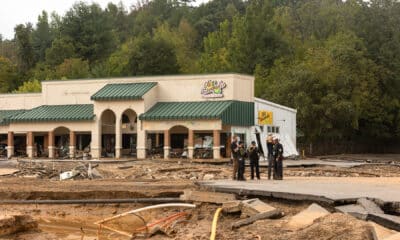
 News from the South - North Carolina News Feed5 days ago
News from the South - North Carolina News Feed5 days agoConway falsely claims NC officials covering up storm deaths






















